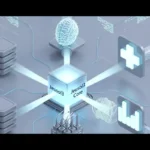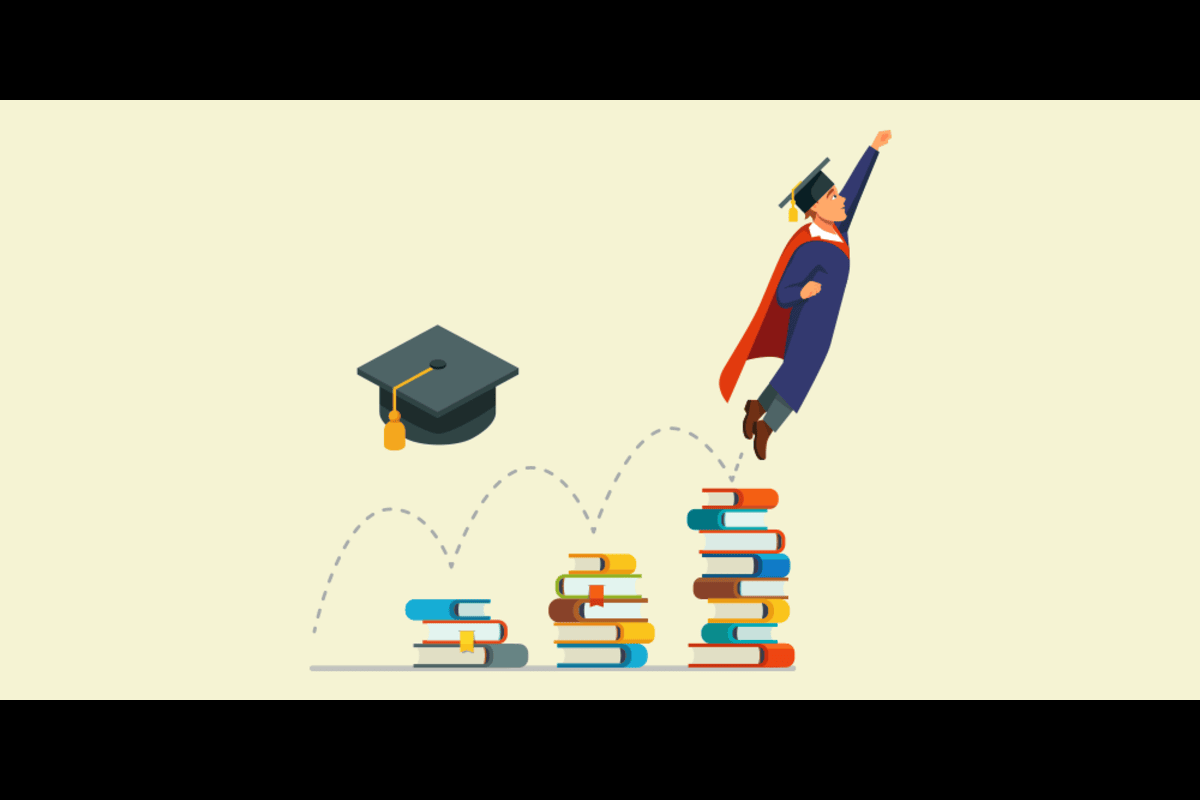In an increasingly competitive, digitally driven world, educational institutions must continually innovate to provide exceptional student experiences. Universities no longer focus solely on academic content and infrastructure. Today’s students expect personalized services, seamless digital interfaces, agile communication, and a student-centric environment that fosters their academic and personal development. In this changing environment, BINUS University has taken a notable step forward with BinusCX, a specialized initiative aimed at improving the end-to-end student experience through customer experience (CX) methodologies.
BinusCX, short for BINUS Customer Experience, is an advanced framework that represents the university’s commitment to understanding and improving student interactions across all aspects of their academic lives, from enrollment and registration to graduation and beyond. It integrates digital tools, user feedback, experience mapping, and cross-departmental collaboration to create a holistic, efficient, and empathetic environment that meets student expectations. In this article, we explore what BinusCX is, why it’s important, how it works, and what it means for the future of higher education.In an increasingly competitive, digitally driven world, educational institutions must continually innovate to provide exceptional student experiences. Universities no longer focus solely on academic content and infrastructure. Today’s students expect personalized services, seamless digital interfaces, agile communication, and a student-centric environment that fosters their academic and personal development. In this changing environment, BINUS University has taken a notable step forward with BinusCX, a specialized initiative aimed at improving the end-to-end student experience through customer experience (CX) methodologies.
BinusCX, short for BINUS Customer Experience, is an advanced framework that represents the university’s commitment to understanding and improving student interactions across all aspects of their academic lives, from enrollment and registration to graduation and beyond. It integrates digital tools, user feedback, experience mapping, and cross-departmental collaboration to create a holistic, efficient, and empathetic environment that meets student expectations. In this article, we explore what BinusCX is, why it’s important, how it works, and what it means for the future of higher education.
What is BinusCX?
BinusCX is a strategic initiative of BINUS University designed to transform the student experience using Customer Experience (CX) Management principles. Unlike traditional, siloed administrative processes, BinusCX emphasizes the importance of considering students as key stakeholders, similar to how businesses view their customers. This shift in perspective allows the university to focus not only on knowledge transfer but also on optimizing every touchpoint students experience throughout their studies.
The concept draws heavily on CX best practices from industries such as retail, banking, and healthcare, where user satisfaction, loyalty, and emotional connection are critical to success. BinusCX applies these principles to the academic context to ensure consistent, personalized, responsive, and rewarding student engagement. It is not a single platform or software, but a comprehensive approach that encompasses technology, user-centered design, feedback mechanisms, process optimization, and change management.
The Philosophy Behind BinusCX
BinusCX is fundamentally based on empathy, accountability, and continuous improvement. Its core philosophy is to put students first. Rather than imposing rigid processes on students, the university seeks to understand their real needs, frustrations, and desires. To do this, it collects feedback, analyzes student journeys, and incorporates their input into system redesign.
One of BinusCX’s core beliefs is that experiences influence outcomes. When students feel understood, respected, and supported by the systems around them, they are more likely to achieve academic and social success. Furthermore, positive experiences increase the likelihood of alumni recognition, retention rates, and the institution’s reputation.
Empathy-centered service design, real-time problem-solving, predictive analytics, and student engagement programs are just some of the strategic tools BinusCX uses to align internal processes with external expectations. The result is a more seamless, intelligent, and meaningful educational experience.
BinusCX Core Components
To understand how BinusCX works, it’s important to break down the software into its core components:
1. Student Career Planning
The student journey encompasses several stages, from discovery and enrollment to graduation and career development. BinusCX carefully maps these stages and identifies key touchpoints where students interact with various university services. These touchpoints include:
- Online Application and Admission
- Course Registration
- Student Orientation
- IT Services
- Financial Transactions
- Counseling and Health Promotion
- Library Access
- Professional Development Programs
Each interaction is evaluated for usability, efficiency, and emotional resonance. Weaknesses are identified and addressed to ensure a seamless experience.
2. Feedback Collection and Analysis
BinusCX prioritizes active listening to students. Surveys, suggestion boxes, focus groups, online polls, and one-on-one interviews form the basis of the feedback mechanism. Feedback is not only collected but also systematically categorized and analyzed to identify trends, gaps, and recurring issues. This data serves as the basis for strategic improvements.
3. Integration of Digital Experiences
Modern students expect intuitive and accessible digital services. BinusCX integrates a wide range of technologies, including mobile apps, online portals, chatbots, and email automation, to provide 24/7 access to critical services. Whether students need certificates, submit an IT request, or book a consultation appointment, the digital interface is simple, fast, and reliable.
4. Interdepartmental Collaboration
Students often work across multiple departments. For example, a delay in scholarship processing can impact finance, academics, and IT departments. BinusCX creates a shared vision across departments and promotes open communication and flexible responses to complex student issues. Instead of working in silos, teams can collaborate using shared KPIs and results-oriented goals.
5. Data-Driven Decision-Making
All improvements in BinusCX are driven by data. Dashboards, analytical reports, and AI-powered insights enable university leaders to make informed decisions quickly. Whether it’s identifying departments with the most student complaints or identifying patterns in service delays, data plays a critical role in increasing accountability and performance.
Why BinusCX Matters in Higher Education
While many universities around the world are beginning to talk about student-centric offerings, BINUS has taken a pioneering step by fully implementing a CX-centric ecosystem. This is especially relevant today, as educational institutions face increasing pressure to deliver value, improve retention, and maintain student satisfaction in a highly competitive market.
Strengthening Engagement and Loyalty
Students who feel well cared for maintain greater commitment to their studies and a strong connection to the university even after graduation. BinusCX promotes the development of long-term emotional bonds that go beyond the student experience.
Operational Optimization
By focusing on the student experience, inefficiencies and redundancies in administrative processes are identified and eliminated. This translates into faster services, fewer errors, and lower costs for the university.
Fostering Innovation
BinusCX fosters a culture of continuous improvement. Through continuous listening and system evaluation, BINUS creates an environment of experimentation and agility that keeps the university at the forefront of educational innovation.
Empowering Employees
With clearer expectations and more effective communication tools, university employees can better serve students efficiently and compassionately. This improves job satisfaction and service quality.
Implementation Challenges and How They Were Overcome
No major transformation is without challenges. Building and maintaining BinusCX required courage, perseverance, and organizational commitment. The main challenges included:
Resistance to Change
As with any systemic transformation, some departments and employees were reluctant to implement new processes. To address this challenge, the university implemented training programs, internal communication campaigns, and leadership recommendations that emphasized the value and necessity of the initiative.
Data Silos
In the initial phase, student-relevant data was scattered across different departments. BinusCX addressed this problem by creating centralized data systems and integrating various platforms into a unified dashboard.
Balancing Technology and Humanity
While technology plays a critical role, BinusCX is not limited to automation. The challenge was to use technology to enhance, not replace, the human aspect of student support. Training staff in empathy, active listening, and proactive support helped close this gap.
The Impact of BinusCX
The implementation of BinusCX has significantly improved student satisfaction and operational efficiency. Observed results include:
- Reduced response times to student inquiries
- Higher student satisfaction scores on feedback surveys
- Increased engagement on digital platforms
- Reduced dropout and transfer rates
- More effective handling of student complaints
- Increased alumni advocacy and referrals
Students report feeling more heard, valued, and supported. Faculty praise improved communication and streamlined workflows. Administrative teams report better resource utilization and improved performance indicators.
The Future of BinusCX
BinusCX will continue to evolve through the integration of artificial intelligence, predictive analytics, and an even more personalized service offering. Plans include integrating machine learning models that can predict student burnout, automate career counseling, and provide real-time support during stressful academic periods.
Furthermore, the initiative expands its focus beyond students to other key stakeholders such as parents, alumni, faculty, and corporate partners. By expanding its Customer Experience (CX) approach, BINUS University aims to become a truly connected and responsive educational ecosystem.
Conclusion
BinusCX is more than a project; it is a mindset shift and a cultural transformation. It represents BINUS University’s commitment to putting students at the center of every decision, process, and interaction. By implementing a customer experience approach in higher education, BINUS not only meets expectations, but redefines them.
At a time when many institutions struggle to adapt to changing learning habits and increasing competition, BinusCX is a model of proactive leadership, innovation, and empathy. It is a clear demonstration that education is not just about imparting knowledge, but about fostering experiences that empower, inspire, and support every student on their path to success.
READ ALSO: Lilapalooza: A Celebration of Culture, Music, and Community
![The rise of Insetprag: how it is transforming the sector/domain The Rise of Insetprag: How It’s Transforming [Industry/Field]](https://apkdatamod.com/wp-content/uploads/2025/12/irewolede-PvwdlXqo85k-unsplash-150x150.jpg)






